Have you lost the excitement? Are you content with what you might now perceive as the same-old, same-old every day? Day after day you may be performing hygiene procedures over and over again, all the while knowing you are helping your patients but perhaps you simply don’t feel as though you are truly making a significant difference in their overall health.
If you feel that level of frustration, or even if you don’t, but you are interested in advancing your career, then read on to discover some ways in which you can make a significant difference in the health of your patients.
As you are aware, dentistry is becoming recognized as a medical discipline. We in the dental field are in a unique position to support our patients’ overall body health. Our patients who maintain their regular recare schedules are quite probably seen by us more frequently than they are seen by their primary care providers. “Around 39 percent of adults see their physicians in a year while 64 percent see their dentists, which means we see 25 percent more patients than they do.”[1]
Update recare forms
Hygienists can be key players in this opportunity. By thoroughly questioning their new patients and by providing and reviewing medical history forms that are updated with the most current medical questions, hygienists can begin an evaluation of their patients’ medical state.
In addition, our established patients may have had a change in their medical history since their last appointment, so a recare update form is an efficient way to inquire about their health. If your practice is not familiar with recare update forms, please check my website, www.artofpracticemanagement.com, to obtain a copy. Again, thorough questioning of all new and established patients is an essential component to getting the full picture of your patients’ health.
What is discovered from these questions can be a strong determining factor in how each patient is handled. Patient questioning should always be followed by dental exams, X-rays, blood pressure checks and clinical observations. For those patients who may have a systemic disorder, your practice should become proactive by referring the patient back to his or her primary care provider.
However, because dentistry has evolved over the last decade, there are more ways that the dental practice can help make these determinations. With the frequency of patients’ visits and the availability of numerous cutting edge diagnostic tools, we have the unique opportunity to administer different types of disease testing that, in the past, were performed only by medical practices.
Medical testing options
If you are unfamiliar with the types of medical testing that are available for dental practices to perform, then the following information can make a big difference in the quality of your practice’s treatment, and it may help to make a significant change in how you perceive your career.
First of all, periodontal diseases and caries are bacterial infections, but the majority of dental practices diagnose these conditions through the use of periodontal probes and explorers. Have you considered that medical practices would never begin treatment without determining if they are treating bacteria or a virus? In dentistry, we need to differentiate between aspirin sensitivity, blood dyscrasias, other diseases, fungus, yeast or a cyst; so bacteriologic tests should be performed.[2] Microscopic tests, DNA tests, or bacteriologic tests should be performed if periodontal infections are apparent.
Tests that can be performed in a dental practice:
- HgA1c for blood sugar
- C-reactive protein (CRP) for inflammation
- BANA for bacterial pathogens or their byproducts
- DNA for the presence of specific pathogens or for patient susceptibility to periodontal disease
- TOPAS for inflammatory markers
- Oral HPV testing
- Diabetes testing with a glucometer — finger stick or blood sample taken from a periodontal pocket
- Oral cancer screening (e.g. ViziLite)
- HIV testing
- Screening for cardiovascular disease (e.g. HeartScore System)
- Saliva biomarker test — measures three specific biomarkers that play a role in cancer development in the oral cavity
As you can see, these tests cover many possible systemic conditions.
Your practice will have to determine which staff members are allowed to administer these tests, because your state makes regulations controlling this. Hygienists may be allowed and, if so, this may make a difference in your career.
Even if hygienists are not allowed per your state’s regulations, your encouragement in the practice to add these tests to the practice’s procedure mix will be invaluable to the practice. In addition, hygienists need to realize the importance of their observations and questioning of the patients in helping to move these patients to better overall health. This puts a new slant on the same-old, same-old.
The Power of cross coding
There is, however, another area in which hygienists can make a significant difference in their practices. Dental-medical cross coding is a cutting-edge insurance system whereby dental practices can file a patient’s medically necessary dental procedures with their medical plans.
Implementing cross coding creates greater case acceptance resulting in increased patient affordability and practice profitability. Hygienists can play a key role in the implementation of cross coding.
Hygienists can be the communicators for cross coding in their practices by alerting the practice of patients whom they believe are medically compromised. Such patients are excellent candidates for cross-coded claims.
As an example, hygienists can inquire about conditions that might indicate that a patient has sleep apnea. For those practices that treat sleep apnea, the practice would then need to refer the patient for a sleep study before commencing treatment. If the practice does not treat sleep apnea, this referral would at least get the ball rolling for treatment by another provider.
Hygienists can also be the champions for cross coding by encouraging that their practices implement a cross-coding system. In most practices, the business office staff will need to play a significant role, but the hygienists can spearhead the process.
Dental, medical claims differences
There are significant differences between dental and medical claims. The biggest difference is that, at present, medical insurance is diagnosis driven while dental insurance is not as of yet.
Medical insurance uses diagnosis codes to explain why a procedure was performed. Without at least one appropriate diagnosis code, a claim will not be paid. The diagnosis codes are titled ICD-9-CM. The procedure codes are titled CPT codes.
At present, there are growing numbers of dentally related diagnosis codes, which are very helpful when cross coding. However, it is not so easy to use the CPT codes because there are so few dental CPT codes. This is the area that makes cross coding more difficult. The medical claim form is a bit different than the dental claim form. It is titled the CMS-1500 form and is printed in red ink.
The form provides spaces for at least four diagnosis codes and six procedure codes. There are also other codes within these code systems that are used to give further diagnostic information or to provide information on why a procedure might have been modified by a specific circumstance.
As you can see, cross coding is not an easy system to implement. The answer to easing the difficulty with cross coding is to take a good course on the topic. You also can check out my website to see the different tools available to help dental practices implement cross coding.
Increased opportunities with medical insurance
As mentioned already, the patient’s benefit from cross coding is that medically necessary dental procedure can be made more affordable.
It is possible to file the tests already mentioned with a patient’s medical insurance plan. There are diagnosis and procedure codes that apply to these tests, but those are too involved for the scope of this article to provide all of the codes needed.
There is no guarantee that these tests would be covered by the plan. According to the Centers for Medicare and Medicaid Services, “the existence of a code does not, of itself, determine coverage or noncoverage.”[3]
It is certainly worth the effort of a phone call to determine coverage. I always advise practices that cross code and receive negative responses to encourage their patients to complain to their employers. Insurance contracts are between the insurance company and the employer, so dental practices have little power to make any plan changes. However, the more that complaints are issued, the more likely that medical insurance carriers will begin to see the necessity for including these types of procedures in their plans.
More cross-coding procedures
The full scope of cross coding is much more extensive than just these tests. Dental practices should be cross coding for the following:
- Trauma procedures
- Oral surgical procedures
- TMD procedures
- Sleep apnea procedures
- Medically necessary endodontic procedures
- Medically necessary implant and periodontal procedures
- Exams, radiographs and diagnostic procedures for any medically necessary dental procedure
Postive changes to your career
Between implementing disease testing and cross coding, a hygienist will significantly make positive changes to his or her career. These hygienists will not only help patients obtain optimal health, but they can also help make procedures more affordable.
Patients will be able to see that their dental practice truly cares about their health and will have more confidence in the practice. This is a true win-win situation. The dental practice will value the contributions of these hygienists, and hygienists will rarely face each day with that “same-old, same-old” feeling.
Editorial note: This article was published in Hygiene Tribune U.S. Edition, Vol. 6 No. 3, March 2013 issue and was reprinted from Vol. 1, No. 1, 2012, Hygiene C.E. magazine. A complete list of references is available from the publisher.
ANAHEIM, CA, USA: In an interview with Dental Tribune at the recent California Dental Association meeting (15 to 17 May), C. Brian Melonakos, president and ...
BOSTON, Mass., USA: Gum disease has long been linked to heart disease. New research suggests that for people with both conditions, treating the gum disease ...
NEW YORK, N.Y., USA: The impact of oral disease on whole-body health and the changes to the practice of dentistry worldwide are the subjects of “The ...
NEW YORK, N.Y., USA: It’s no secret that good oral health is vital to a person’s overall health. Now, thanks to a program from Henry Schein, ...
Internal marketing is the most predictable and least expensive form of marketing for dental practices. While there are many types of marketing, ranging from...
Every ortho practice should have clear and challenging performance goals. This is the first step in improving the practice and reaching the office’s ...
Soon after the mass adoption of clear aligners, it became apparent that a plastic shell did not provide sufficient purchase on the teeth for all movements. ...
KRIENS, Switzerland: Dental professionals are expertly positioned to guide patients towards an oral health routine that is both effective and gentle. The ...
VANCOUVER, British Columbia: If there’s a journal article, research study or other report linking oral health to some broader aspect of wellness, Uche...
SAN DIEGO, US: As cannabis use becomes more common, its health risks remain under investigation—particularly its impact on cancer. Some users develop ...
Live webinar
Mon. 22 December 2025
1:00 PM EST (New York)
Live webinar
Mon. 12 January 2026
9:00 AM EST (New York)
Prof. Judith Jones D.D.S; M.P.H., Prof. Kakuhiro Fukai D.D.S., Ph.D, Dr. Bathsheba (Bethy) Turton
Live webinar
Wed. 14 January 2026
12:00 PM EST (New York)
Dr. Théo Laplane, Dr. Robert Gottlander DDS
Live webinar
Fri. 16 January 2026
12:00 PM EST (New York)
Live webinar
Mon. 19 January 2026
1:00 PM EST (New York)
Philipp Kopp, Michael Seeber
Live webinar
Thu. 22 January 2026
2:00 PM EST (New York)
Dr. Nicola M. Grande DDS, PhD
Live webinar
Wed. 28 January 2026
8:00 AM EST (New York)



 Austria / Österreich
Austria / Österreich
 Bosnia and Herzegovina / Босна и Херцеговина
Bosnia and Herzegovina / Босна и Херцеговина
 Bulgaria / България
Bulgaria / България
 Croatia / Hrvatska
Croatia / Hrvatska
 Czech Republic & Slovakia / Česká republika & Slovensko
Czech Republic & Slovakia / Česká republika & Slovensko
 France / France
France / France
 Germany / Deutschland
Germany / Deutschland
 Greece / ΕΛΛΑΔΑ
Greece / ΕΛΛΑΔΑ
 Hungary / Hungary
Hungary / Hungary
 Italy / Italia
Italy / Italia
 Netherlands / Nederland
Netherlands / Nederland
 Nordic / Nordic
Nordic / Nordic
 Poland / Polska
Poland / Polska
 Portugal / Portugal
Portugal / Portugal
 Romania & Moldova / România & Moldova
Romania & Moldova / România & Moldova
 Slovenia / Slovenija
Slovenia / Slovenija
 Serbia & Montenegro / Србија и Црна Гора
Serbia & Montenegro / Србија и Црна Гора
 Spain / España
Spain / España
 Switzerland / Schweiz
Switzerland / Schweiz
 Turkey / Türkiye
Turkey / Türkiye
 UK & Ireland / UK & Ireland
UK & Ireland / UK & Ireland
 International / International
International / International
 Brazil / Brasil
Brazil / Brasil
 Canada / Canada
Canada / Canada
 Latin America / Latinoamérica
Latin America / Latinoamérica
 China / 中国
China / 中国
 India / भारत गणराज्य
India / भारत गणराज्य
 Pakistan / Pākistān
Pakistan / Pākistān
 Vietnam / Việt Nam
Vietnam / Việt Nam
 ASEAN / ASEAN
ASEAN / ASEAN
 Israel / מְדִינַת יִשְׂרָאֵל
Israel / מְדִינַת יִשְׂרָאֵל
 Algeria, Morocco & Tunisia / الجزائر والمغرب وتونس
Algeria, Morocco & Tunisia / الجزائر والمغرب وتونس
 Middle East / Middle East
Middle East / Middle East
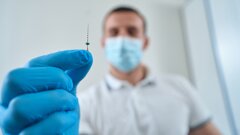


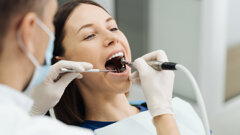









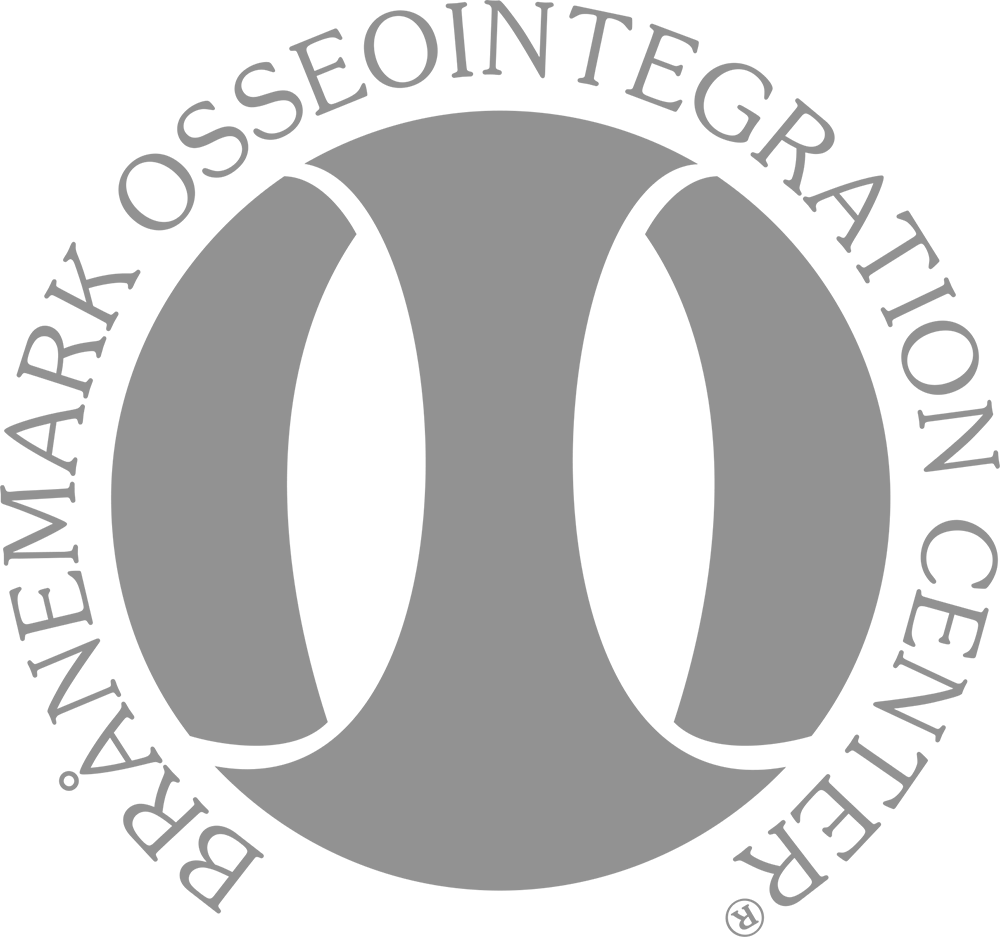



















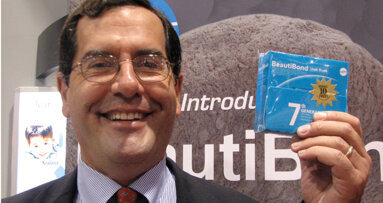
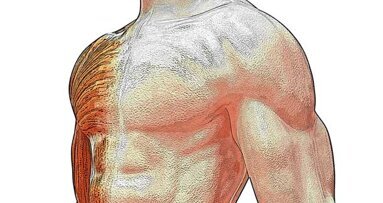
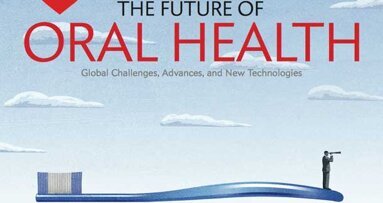



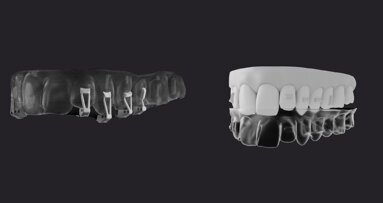












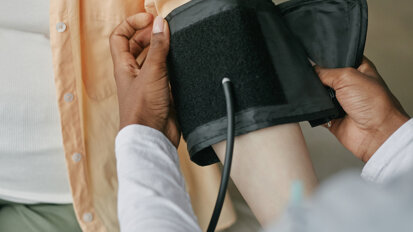







To post a reply please login or register